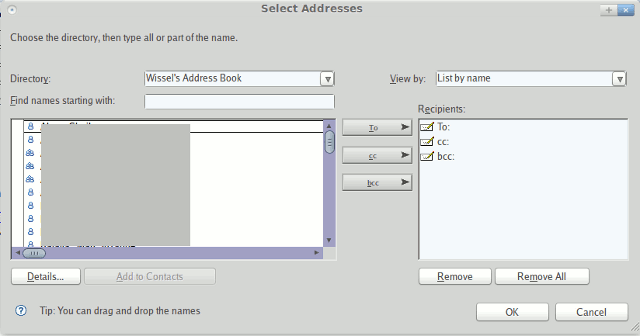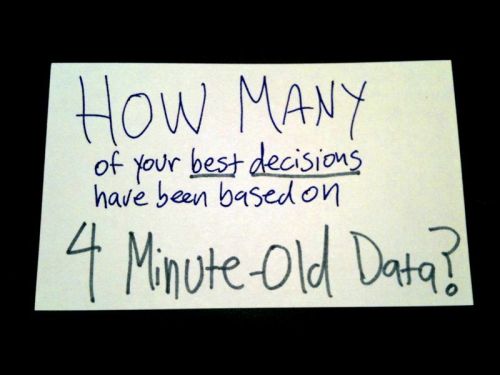Quote collection
- Thomas T. Nagle:
Sustainable cost advantages are realized not by constant belt tightening,
but by the efficient use of resources - Edsger Dijkstra
It is never enough to satisfy your own intellect (since it will be laid in your grave with you), but one must teach others, to use their mind.
The more one focuses on these two tasks, the faster one realized that they are the two sides of one coin:
Who teaches himself, discovers what can be taught - Antoine de Saint-Exupéry
- If you want to build a ship, don't drum up the men to gather wood, divide the work and give orders.
Instead, teach them to yearn for the vast and endless sea. - As for the future, your task is not to foresee it, but to enable it
- You know you've achieved perfection in design,
not when you have nothing more to add,
but when you have nothing more to take away - It is only with the heart that one can see rightly.
What is essential is invisible to the eye.
- If you want to build a ship, don't drum up the men to gather wood, divide the work and give orders.
- Anonymous
For every complex problem, there is a solution that is simple, neat, and wrong - Nathaniel Borenstein
The most likely way for the world to be destroyed, most experts agree, is by accident. That's where we come in; we're computer professionals. We cause accidents - Alan Cooper
Most people know more about how the Vatican works than what programmers do. - Albus Dumbledore
You have to choose between what is right and what is easy, ... because what is easy is often not right. - Derek Bok (a former President of Harvard)
If you think education is expensive - try ignorance - Linus Thorwald during the Lotus Devcon 1999
If you love somebody - set them free - CenterGate Research Group, LLC
Technology so advanced, even we don't understand it! - Leonardo da Vinci
Poor is the pupil who does not surpass their Master. - Soren Kierkegaard
The unhappy person is never present to themself because they always live in the past or the future. - The Koran
They deserve paradise who make their companions laugh. - Lao Tzu
- As for the best leaders, the people do not notice their existence.
The next best, the people honor and praise.
The next, the people fear, and the next the people hate.
When the best leader's work is done, the people say, 'We did it ourselves' - A journey of a thousand miles must begin with a single step
- As for the best leaders, the people do not notice their existence.
- Shi Quin
When you gaze at the cloudless sky, you either see the emptiness of the sky (xu1kong1) or the emptiness of your heart - Hugh MacLeod
Choosing an easy live rarely ends up with much of either.
Posted by Stephan H Wissel on 27 February 2010 | Comments (1) | categories: After hours












